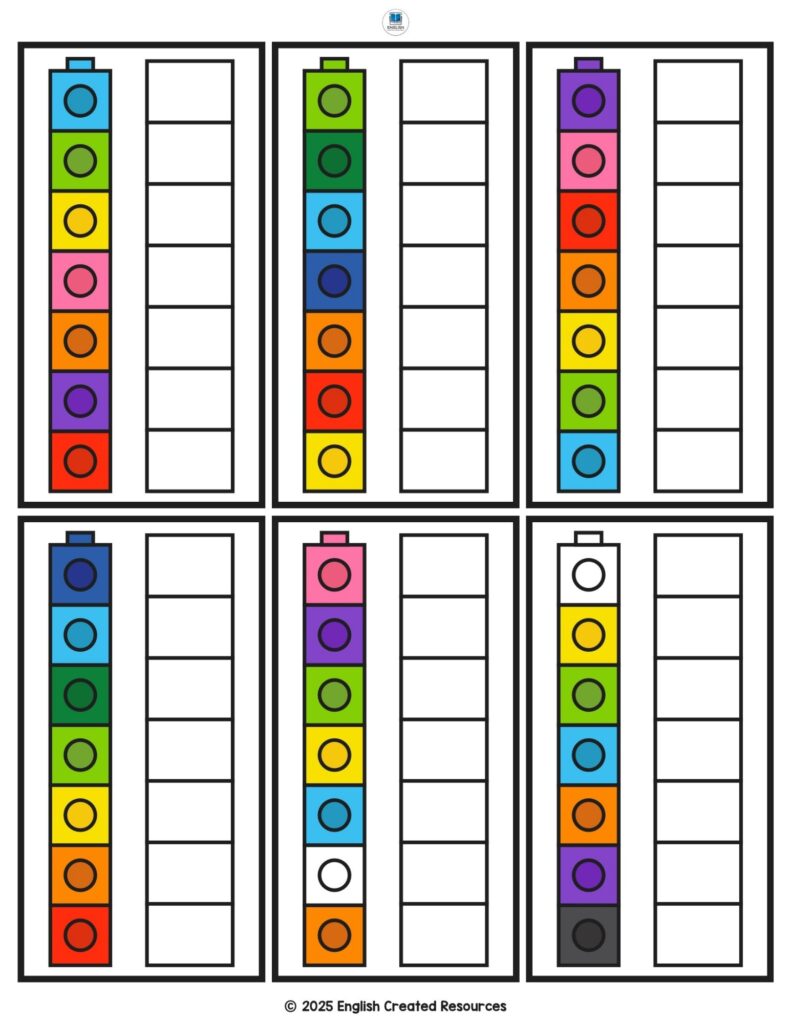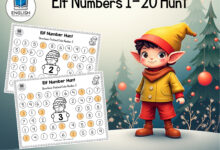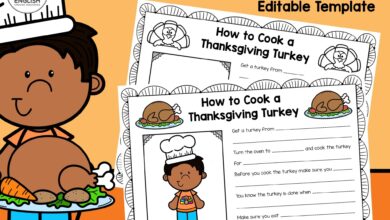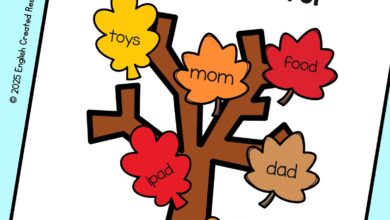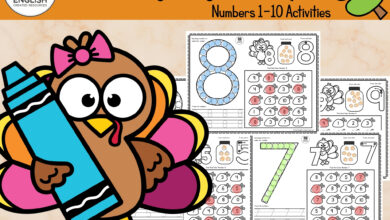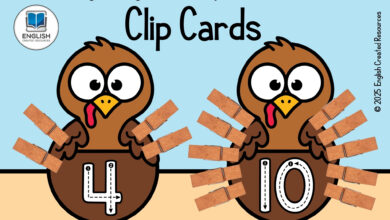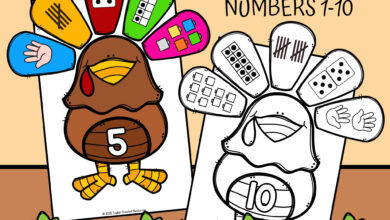Snap Cube Patterns
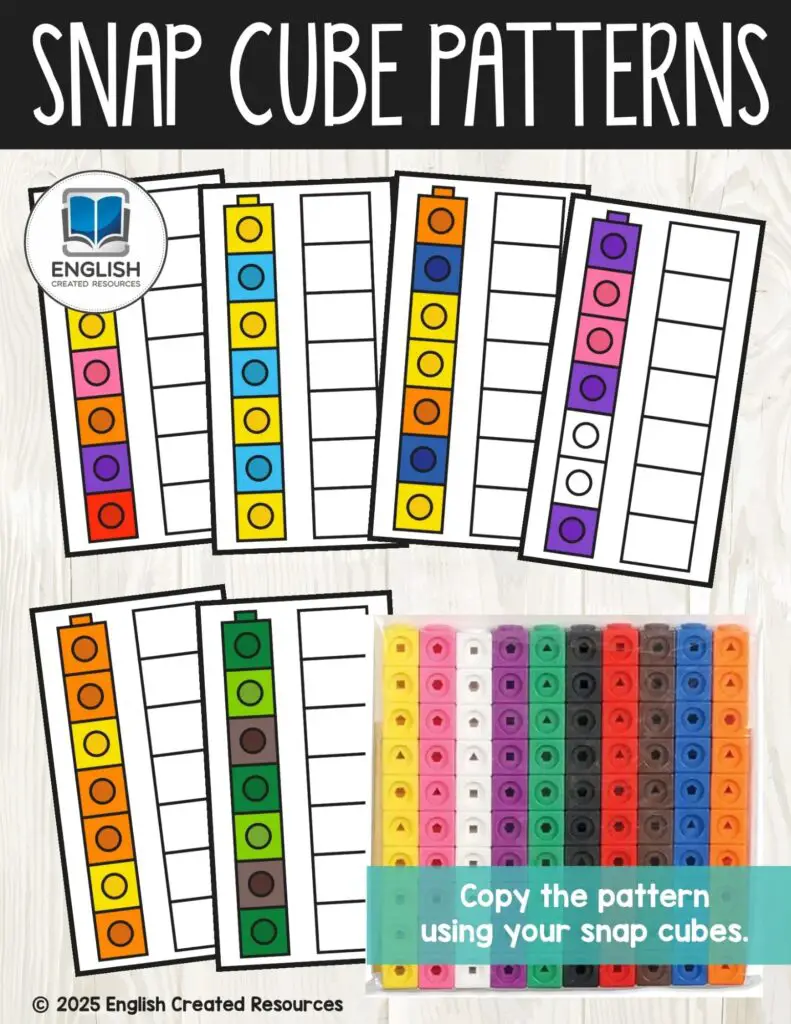
Snap Cube Patterns
Snap cube patterns play a powerful role in the growth and learning of preschool children. At first glance, these colorful interlocking cubes may seem like a simple toy, but they offer rich opportunities for development across many areas.
When preschoolers connect snap cubes to form patterns, they are strengthening their cognitive abilities in a natural, playful way. Recognizing and continuing a pattern, such as alternating colors or creating a repeating sequence, helps children begin to understand order and sequence, which are essential building blocks for early math concepts. By working with patterns, children are also developing problem-solving and critical thinking skills as they determine which cube should come next or how to fix a mistake in their sequence.
The physical act of snapping the cubes together provides important fine motor practice as well. Little fingers must push, pull, and align the cubes, which strengthens hand muscles and coordination. These motor skills are essential for future tasks such as holding pencils, using scissors, and completing self-care activities like buttoning or zipping.
At the same time, snap cube activities nurture creativity. While some patterns are guided by the teacher, children often explore their own ideas, designing colorful sequences or structures that reflect their imagination. This combination of guided repetition and free creation gives them a sense of pride and confidence in their work.
Snap cube patterns also teach preschoolers the value of patience and focus. Building and extending patterns requires attention to detail and persistence, especially if a sequence is long or complex. Children learn to slow down, concentrate, and keep trying even when a piece does not fit as expected. In classroom settings, these activities often take place in small groups, where children share cubes, take turns, and collaborate to complete a design. This fosters social development as they communicate, cooperate, and celebrate each other’s successes.
Another important aspect of working with snap cube patterns is the way it connects play with early academic readiness. Many of the skills developed through these activities directly support future learning in mathematics, science, and literacy. Understanding patterns is the first step toward recognizing number sequences, predicting outcomes, and even reading comprehension, since language itself follows rhythmic and repetitive structures. As children experiment with colors, shapes, and sequences, they begin to notice relationships and cause-and-effect patterns in the world around them, laying the foundation for lifelong problem-solving skills.
Finally, snap cube patterns encourage a sense of accomplishment that motivates children to learn more. Completing a long pattern or inventing a colorful design gives preschoolers visible proof of their effort and success. Teachers can reinforce this by displaying the children’s creations or encouraging them to explain the sequences they made.
This sharing builds communication skills and boosts self-confidence, showing each child that their ideas have value. Over time, these experiences shape a child who is curious, capable, and ready to engage with new challenges both inside and outside the classroom. Snap cube patterns may be small in size, but they create big opportunities for growth, learning, and joyful discovery.
Samples From the Snap Cube Patterns
